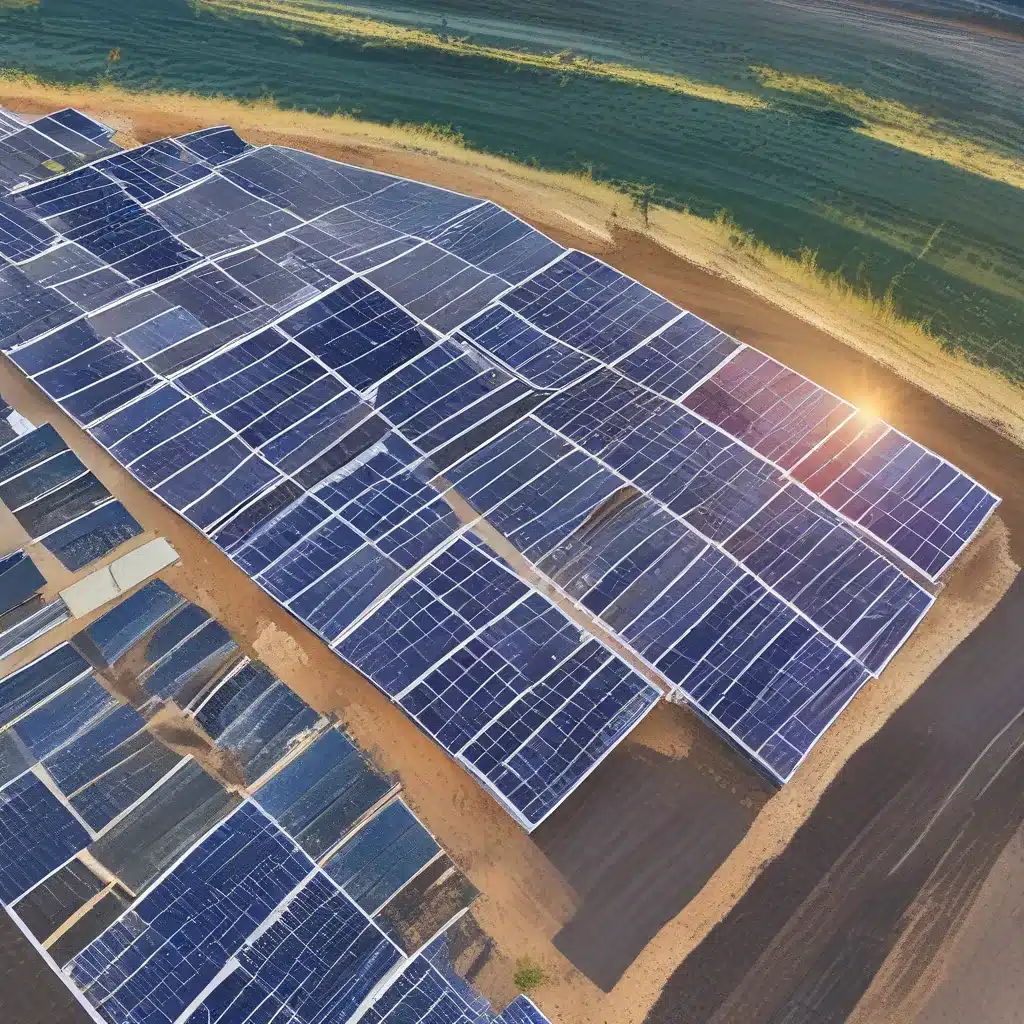
Are you a business owner looking to go solar in 2024? Well, buckle up because I’ve got a treasure trove of information that’s going to make your head spin! From federal tax credits to state-level rebates, the world of solar incentives is a veritable goldmine just waiting to be tapped.
Navigating the Federal Tax Credit Landscape
Let’s start with the big kahuna – the federal investment tax credit (ITC) and production tax credit (PTC) for businesses. These bad boys can shave a significant chunk off the cost of your solar installation, but the rules can get a bit tricky.
First up, the ITC. This nifty little credit allows you to deduct 30% of the cost of your solar system from your federal taxes. But here’s the catch – you’ve gotta make sure your project meets all the necessary requirements, like satisfying those pesky labor standards set by the Treasury Department.
Now, the PTC is a different animal altogether. Instead of an upfront credit, this one provides a per-kilowatt-hour credit for the electricity your system generates over the first 10 years. Sounds pretty sweet, right? Well, the decision on whether to go with the ITC or PTC depends on a bunch of factors, like the cost of your project, the amount of sunlight your system will get, and any bonus credits you might qualify for.
The Energy Department has all the juicy details, but the basic gist is that large-scale projects in sunny areas tend to do better with the PTC, while smaller systems and those in less sunny spots often benefit more from the ITC. And don’t even get me started on those bonus credits for domestic content and energy communities – it’s like a solar tax credit choose-your-own-adventure!
Mastering the Maze of State-Level Incentives
But wait, there’s more! The federal tax credits are just the tip of the iceberg when it comes to solar incentives. States and local governments are getting in on the action too, offering all sorts of rebates, tax exemptions, and other juicy perks to businesses that go solar.
Now, I know what you’re thinking – “Great, more rules and regulations to navigate?” And you’d be right to feel that way. The world of state-level solar incentives is a veritable labyrinth, with each state and even some municipalities having their own unique programs and requirements.
But fear not, my friends! The Database of State Incentives for Renewables and Efficiency (DSIRE) is here to save the day. This handy resource is your one-stop-shop for all the latest information on solar incentives across the country. With just a few clicks, you can find out what’s available in your neck of the woods and start planning your solar journey.
And let me tell you, the options are pretty darn impressive. Some states offer generous cash rebates, while others provide property tax exemptions or even sales tax waivers on solar equipment. And don’t forget about those juicy solar renewable energy credits (SRECs) – they can be a game-changer for your bottom line.
Navigating the Tricky World of Depreciation and Tax Equity
Alright, now that we’ve covered the big-ticket federal and state incentives, let’s dive into a couple of other important considerations for businesses going solar.
First up, depreciation. Did you know that businesses that claim the ITC can also take advantage of accelerated depreciation schedules? That’s right, folks – you can basically write off the majority of your solar system’s cost in the first few years, which can lead to some serious tax savings.
And then there’s the whole world of tax equity financing. If your business doesn’t have a large enough tax liability to fully utilize the federal tax credits, you can team up with a tax equity investor who can help you maximize those benefits. It’s a bit of a complex arrangement, but the end result can be a sweet deal for both parties.
Putting It All Together: Sample Calculations
Alright, enough with the technical mumbo-jumbo – let’s dive into some real-world examples to see how all these incentives can come together.
Let’s say you’re a business that’s installing a 500-kilowatt solar PV system in 2023. The total cost of the system is $1 million, and it’s got a nifty 20% capacity factor in the first year.
If you decide to go with the ITC, you’re looking at a $300,000 tax credit (30% of $1 million). And with the accelerated depreciation schedule, you can deduct an additional $92,820 from your taxes in the first year. That’s a grand total of $392,820 in tax savings – not too shabby, right?
On the other hand, if you opt for the PTC, you’re looking at $24,090 in tax credits in the first year (based on that 20% capacity factor). And the depreciation deductions? Those add up to $109,200 in the first year. So while the PTC may not provide as big of an upfront boost, the tax savings can really add up over time.
Of course, these are just rough estimates, and your actual numbers may vary depending on a whole host of factors. But the key takeaway is this: with the right combination of federal and state incentives, going solar can be a total game-changer for your business.
Tying It All Together
Well, there you have it, folks – a comprehensive guide to the world of solar incentives and rebates for businesses in 2024. From the federal tax credits to the state-level goodies, there’s a veritable treasure trove of savings just waiting to be discovered.
And the best part? Solar As Systems Inc. is here to help you navigate it all. Our team of solar experts can guide you through the process, making sure you take advantage of every single incentive and rebate available.
So what are you waiting for? Grab your solar shovel and let’s start digging! The pot of gold at the end of this rainbow is just too good to pass up.


